
In the phase 3 TOLEDO trial, treatment with SPN-830 resulted in significantly greater OFF time for patients with Parkinson disease in comparison with those on placebo.

Marco Meglio, Assistant Managing Editor for NeurologyLive, has been with the team since October 2019. Follow him on Twitter @marcomeglio1 or email him at [email protected]

In the phase 3 TOLEDO trial, treatment with SPN-830 resulted in significantly greater OFF time for patients with Parkinson disease in comparison with those on placebo.
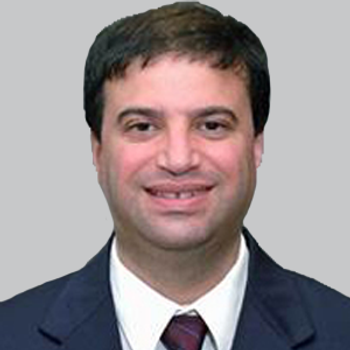
Elevated creatine kinase levels were not found to be a prognostic factor for the development of PASC in encephalopathic COVID-19 patients, according to a retrospective chart review analysis.

Vutrisiran and patisiran treatment led to noticeable reductions in neurofilament light, indicating a potential biomarker of treatment response in hATTR amyloidosis patients.

The phase 3 PROPEL study demonstrated the long-term effectiveness of cipaglucosidase alfa/miglustat in late-onset Pompe disease, with improved 6-minute walk distance and lung function.
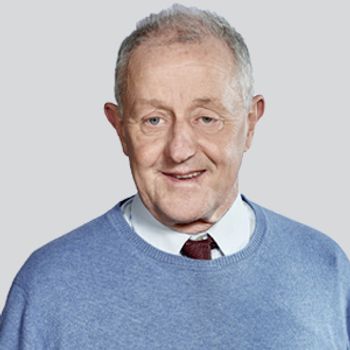
latozinemab treatment for C9orf72-associated frontotemporal dementia showed no significant impact on disease progression, although the treatment was generally safe and well-tolerated.

David Greeley, MD, chief medical officer at AriBio and study author, provided commentary on the mechanism of action of AR1001, its promising effect on ptau181, and the next steps in its development.

Over a 52-week treatment period, SRP-9001 demonstrated robust evidence for a clinically meaningful benefit across several prespecified functional secondary end points in comparison with placebo.

In a sample of more than 750 patients with migraine, clinician specialty had no impact on preventive prescription, with small differences observed in the choice of tricyclic antidepressants.

Results showed that the relative reduction (RR) in CDR-SB at end-of-study was moderately correlated with difference between treated and placebo in Centiloid change.

START will assess the potential of delaying non–vitamin K oral anticoagulant therapy following stroke related to atrial fibrillation in a large cohort of patients

A group of sleep experts discuss the importance of timely and accurate diagnosis, recent approvals, and available treatment options for managing a chronic disorder and its symptoms.

At 40 weeks, there were no observed cases of ARIA-edema, and new microhemorrhages occurred predominantly in patients with pre-existing conditions.
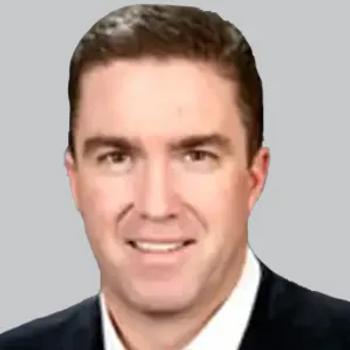
ACU193 treatment reduced amyloid plaques in early Alzheimer disease patients, suggesting AßOs as a viable target, with safety data and ARIA analysis presented at CTAD 2023.

The use of focused ultrasound-mediated blood-brain barrier opening has the potential to advance neurotherapeutics in the treatment of Alzheimer disease and other progreesive neurological disorder impacted by that barrier.

New subcutaneous lecanemab considered more effective than IV for amyloid plaque removal in Alzheimer disease; FDA application planned by March 2024.

Findings from the phase 2a AscenD-LB, a study of neflamapimod in patients with mild-to-moderate Alzheimer disease, served as supportive data to guide the phase 2b study.

Over the 18-month treatment period, investigators observed no amyloid-related imaging abnormalities along with continued slowing of disease progression in patients with mild to moderate Alzheimer disease.

The director and founder of The MS Center for Innovations in Care provided perspective on some of the significant strides made in recent years to improve the care and access to affordable treatments for patients with multiple sclerosis.

In a small-scale trial, patients with Parkinson disease on accelerated theta-burst transcranial ultrasound demonstrated higher motor evoked potentials than those on sham, with no statistically significant changes in MDS-UPDRS-III scores.
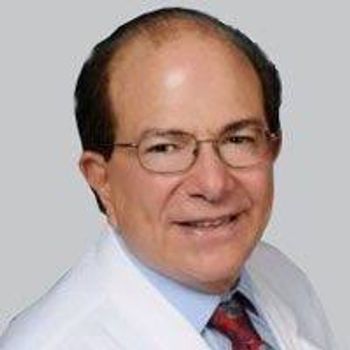
Stratification of the cohort into low- and elevated-cardiovascular risk groups revealed no differences in cardiovascular adverse events with repetitive DHE; however, elevated-risk patients had higher mean arterial blood pressure.

Following treatment with diazepam, patients achieved resolution of clinical relevant seizures within 10 minutes, with no adverse events that led to discontinuation or respiratory depression.
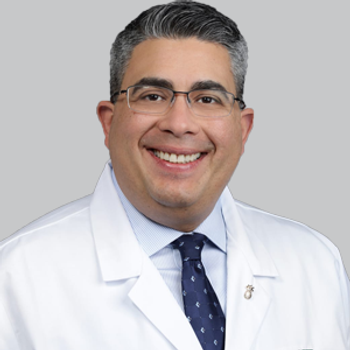
Diego Torres-Russotto, MD, chair of neurology at Baptist Health Miami Neuroscience Institute, provided an overview of the upcoming 11th Annual Miami Neuroscience Symposium, a 3-day educational event held in early November.

In animal models, HL192 showed disease-modifying effects, as demonstrated through improvements in behavioral deficits.

Among football players, odds of having a parkinsonism or Parkinson disease diagnosis were greater with more seasons and higher level of football play.

PRO-PD showed good 6-month test-retest reliability, as well as good convergent validity between other widely used validated scales of PD.

Mind Moments®, a podcast from NeurologyLive®, brings you an exclusive interview with Mitzi Joi Williams, MD; Rhonda Voskuhl, MD, PhD; Tom Fuchs, MD, PhD; Barry Singer, MD; and Georgina Arrambide, MD, PhD. [LISTEN TIME: 15 minutes]
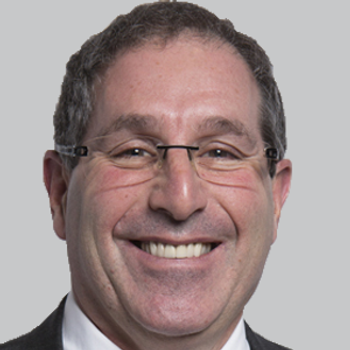
The 40-week study includes 150 patients with documented patent foramen ovale closure and migraine who are randomized to either the GORE CARDIOFORM Septal Occluder or sham.

After a median follow-up of 19 months, only the physical component on the Multiple Sclerosis Impact Scale was worsened in the discontinuation group.
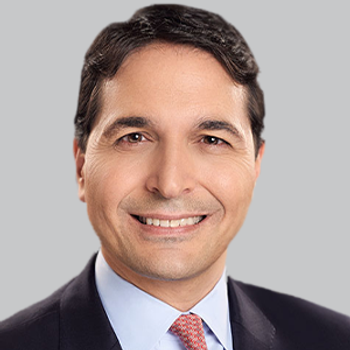
Findings from the study further confirmed target engagement of BHV-7000, with future plans of a potential phase 3 trial in focal epilepsy later this year.

Over a 6-month treatment period, investigators observed either stabilization or improvement on outcomes of Expanded Disability Status Scale, MFIS, T25FW, and pyramidal score.